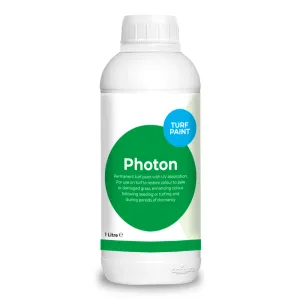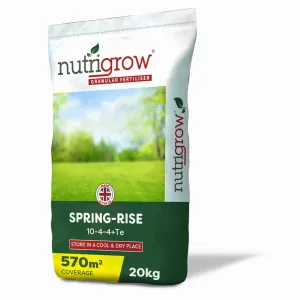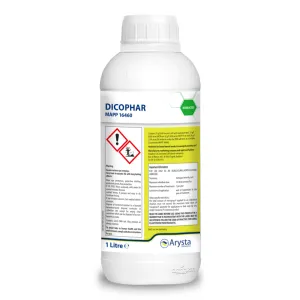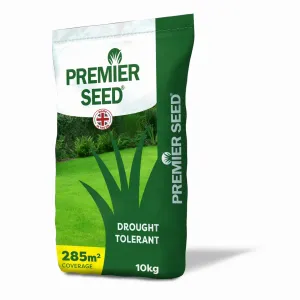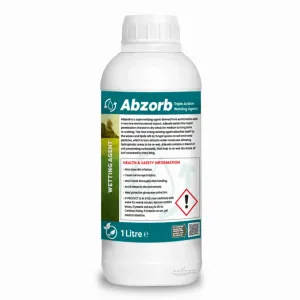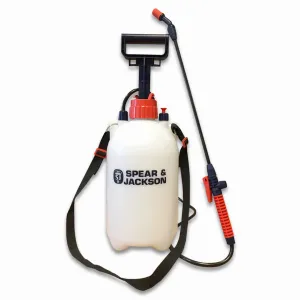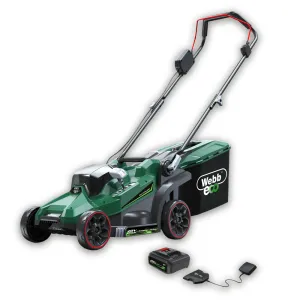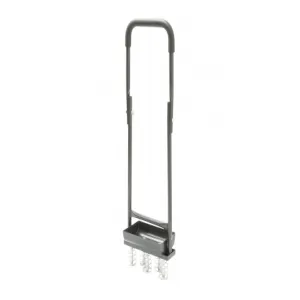There’s much you can do to get a lush green lawn this year including adding the right nutrition, and, well, cheating.
But before we get on to how you can paint your way to a greener lawn, let’s deal first with the longer-lasting methods that improve health and appearance.
Check nutrition deficiencies
If you’re not in a hurry to get a greener lawn, start with a soil test to check if your lawn is lacking any key nutrition. A lawn soil analysis will quickly tell you if anything’s amiss and provide you with a tailored fertiliser recommendation.
All you need to do is gather up a representative sample of the soil from your lawn, pop it into the sample bag and put it in the post. We send you the sample bag and a pre-paid envelope together with full instructions when you order.
If all’s well with your lawn soil or you’re happy to skip straight to feeding, read on.
Fertiliser makes grass greener
Nitrogen is the main active ingredient in fertilisers and the key nutrient that supports green growth. It can be found in different volumes and is usually balanced with other key nutrients like phosphorous and potassium.
Lawn fertilisers might also include a range of other micronutrients like sulphur, iron, calcium, and magnesium. Both iron and magnesium also support the greening of grass by helping in the production of chlorophyll, and in turn photosynthesis.
Fertilisers that are tailored for use in spring will have a higher balance of nitrogen compared with other nutrients - to help encourage growth. Nitrogen is pared back in autumn when you don’t want to encourage too much top growth (and avoid the potential for disease and fungal infections).
So, choose a lawn fertiliser that is high in nitrogen in spring and early summer, and preferably one that includes iron and magnesium too. Nutrigrow Spring-Rise 10-4-4+TE is ideal. It will release the nutrients over six weeks for a longer lasting healthy appearance.
Remove any lawn weeds
Your next job is to remove any weeds that might interfere with the aesthetic appeal of your lawn and compete with your grass for nutrition.
Wait two weeks after fertilising before removing weeds (and six months after seeding a new lawn). Choose a selective herbicide like Dicophar that won’t harm your grass.
Choose your seed wisely and maintain moisture
If you’re sowing a new lawn from scratch, consider a drought tolerant seed mix. These varieties are more water efficient so will retain a greener appearance with less water when compared with standard seed mixes.
Treat bare patches with fresh applications of seed throughout the growing season. Reseed bare areas by overseeding.
All grass seed requires watering after sowing, and all lawns benefit from water in hotter weather and in dryer months of the year. So, maintain moisture levels through late spring and summer.
It’s worth thinking about using a wetting agent like Abzorb to reduce the amount of water required through the summer months.
Wetting agents can help improve areas of lawn or turf that are susceptible to dry patch and fairy ring too. They are frequently used in the maintenance of sports turf where an even appearance is crucial.
Paint your lawn green
If you just want a green lawn right now (perhaps you’ve got an event coming up and want your lawn looking lush, or your lawn has suffered the impacts of harsh weather), then you can spray it with non-toxic turf paint.
Turf pigments like Photon last for around three months and are excellent at disguising damaged grass and providing a uniform appearance to your lawn.
Grass paints are developed specifically for use on natural turf and can be used at different dilution rates depending on your desired look. Photon can be used at between 70 and 125ml per 10L of water in a sprayer.
The final tinted turf is rain safe and will last for around three months before naturally fading. However, you can still use fertiliser before or after applying turf paint to improve the health of your grass as well as its appearance.
Spray Photon as consistently as you can with a medium fine spray and don’t forget to give your sprayer a good rinse when you’ve finished. Photon will not harm wildlife as it is completely non-toxic.
Mow and maintain carefully
Finally, to keep your lawn looking as green as possible for as long as possible, don’t neglect on-going maintenance.
Keep your mower on a high setting, remembering the one third rule to cutting. Don’t mow too frequently as every cut can stress your grass, and try and keep it a little longer in the summer months.
Change your mowing pattern so that you’re not forcing the grass in a single direction with each cut. This will help it maintain a more even appearance.
Aerate and scarify established lawns to avoid compaction and give the soil the space it needs to move nutrients to the grass roots effectively.
Need more tips for a healthy lawn? Read our lawn guides available here.
*Please note that images featured in blogs are for illustrative purposes only.




